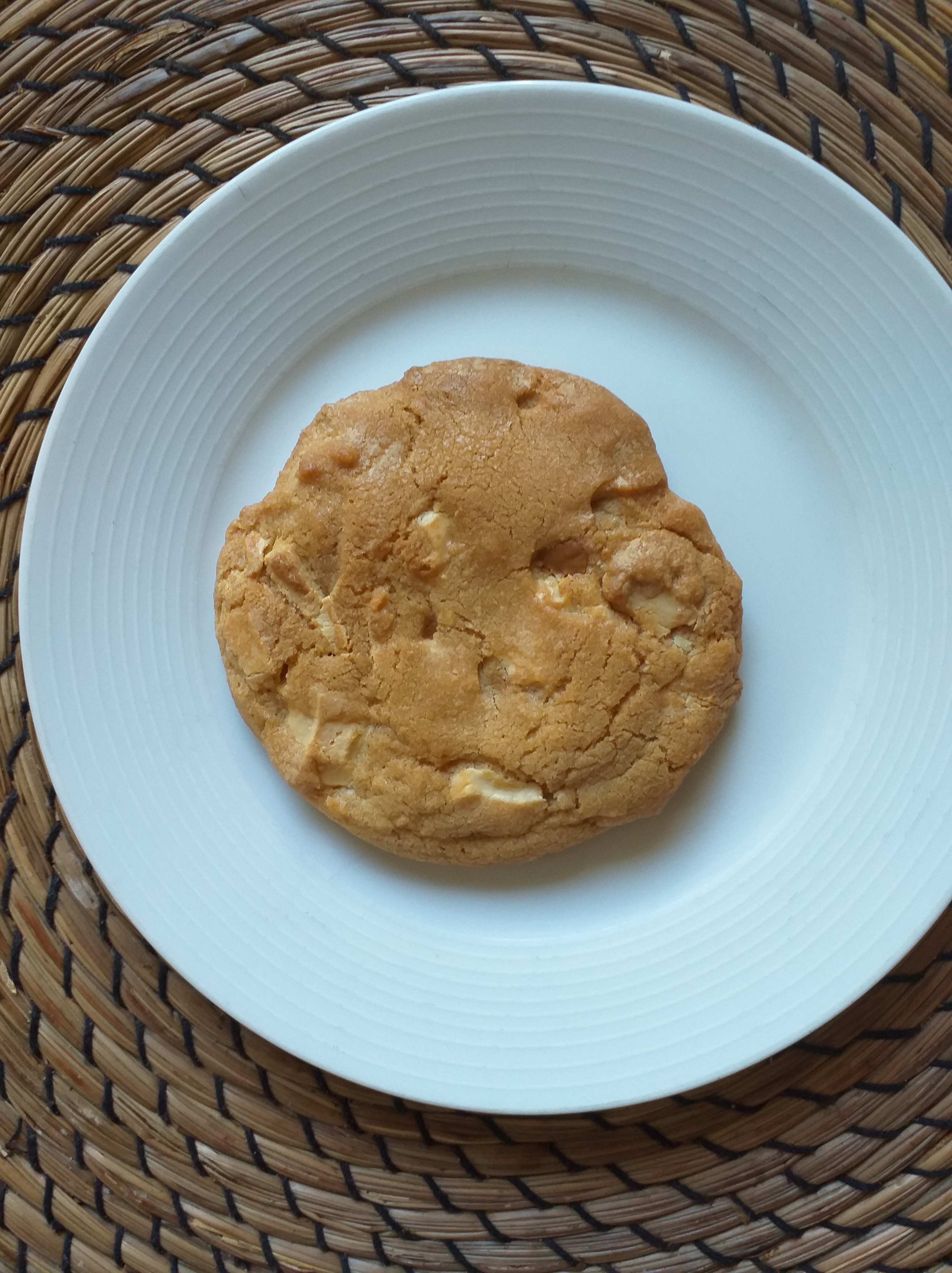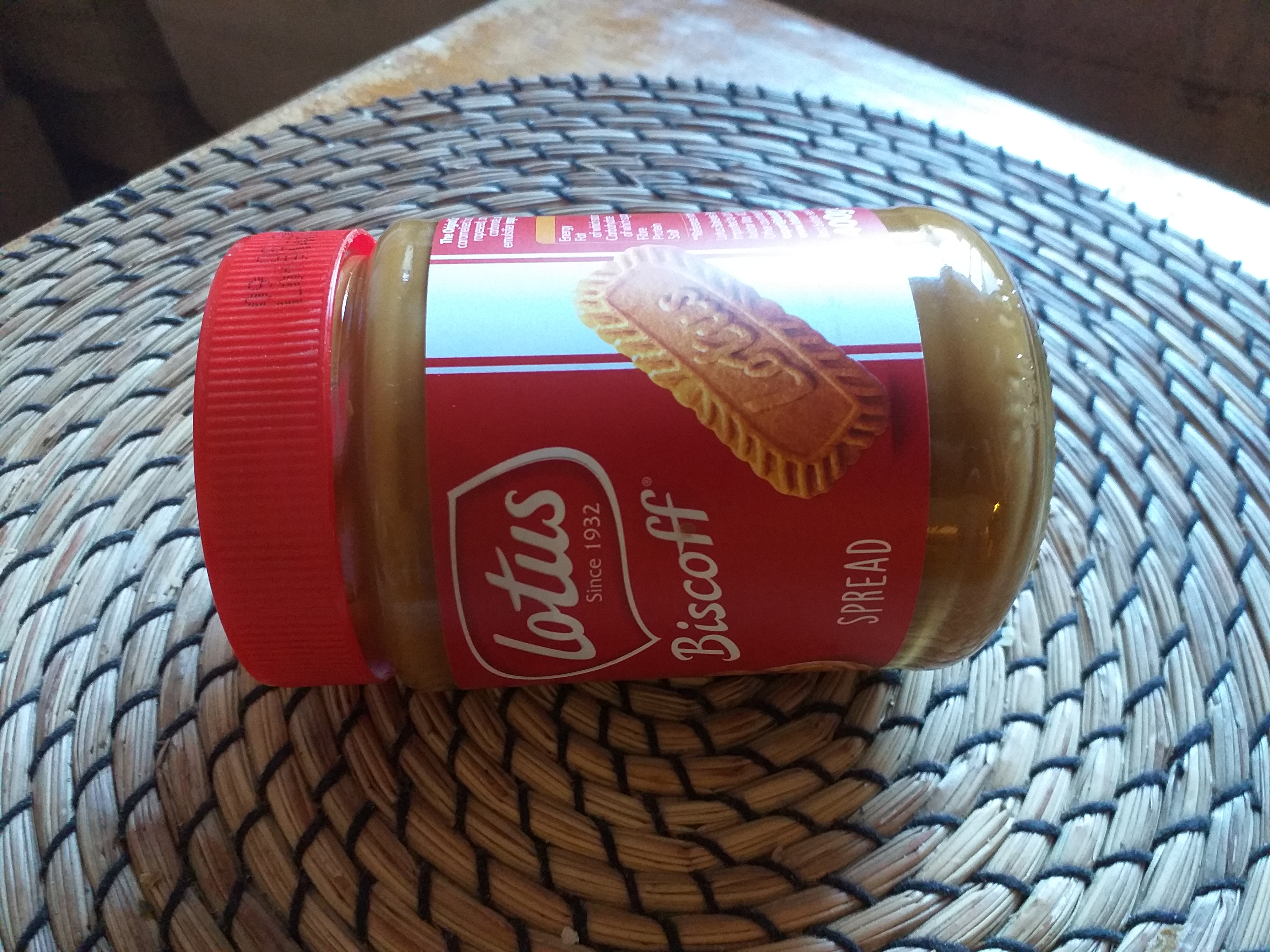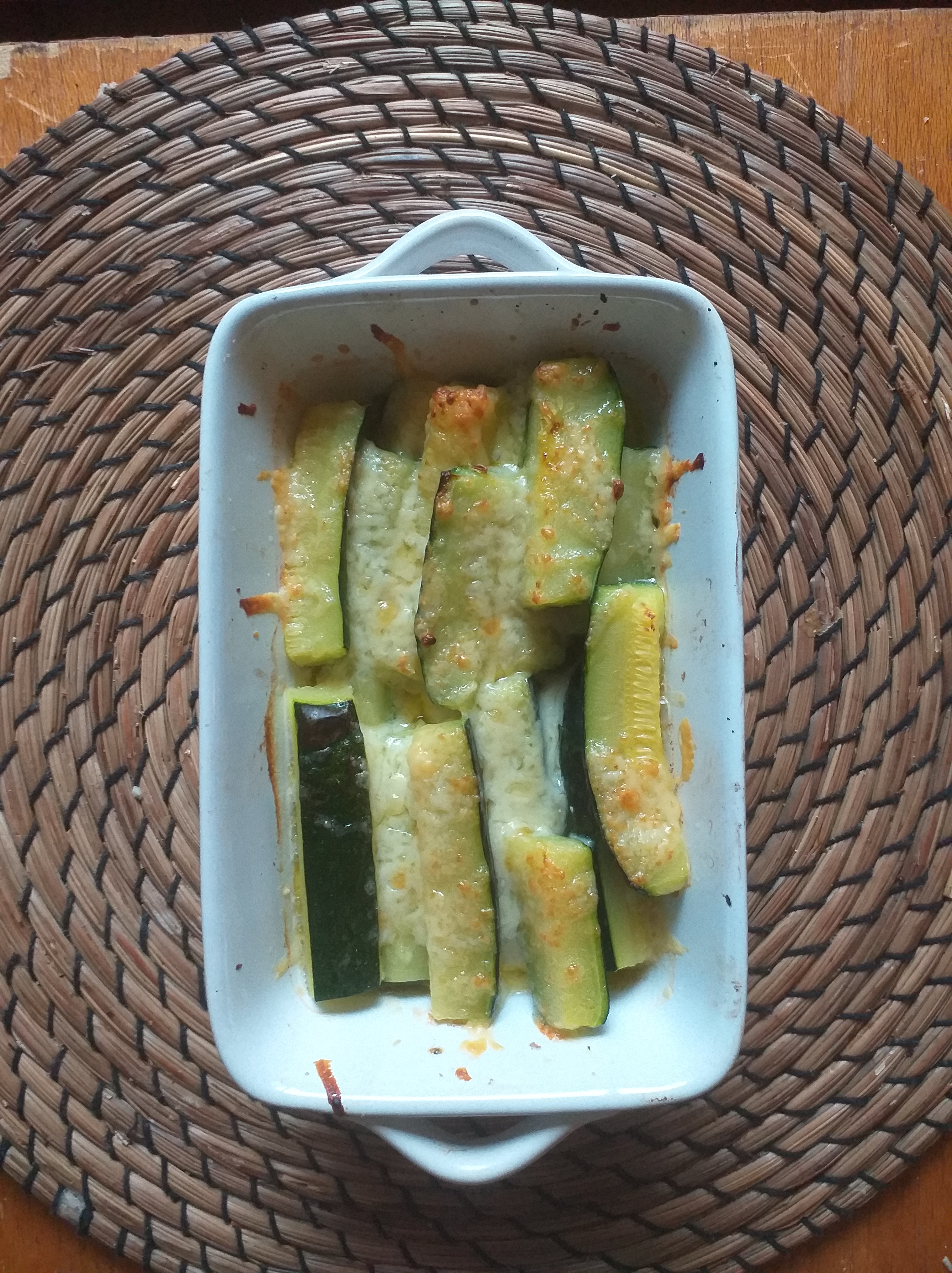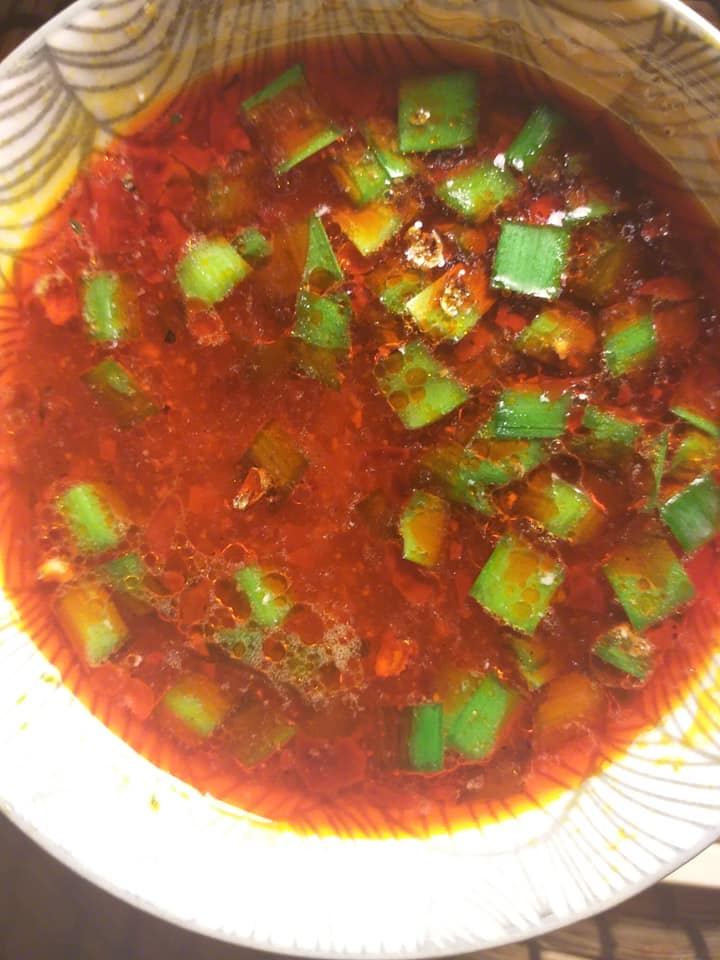
This vegan recipe is a store cupboard special – made almost entirely from things I have knocking about in my cupboard. It is so quick and easy to make and its spicy freshness makes it a perfect lunch dish.
A Sichuan classic, hot and sour soup can now be found on Chinese restaurant menus across the UK. The combination of heat from chilli oil and acidity from Chinkiang vinegar is compelling and addictive, while the calming, light flavour and silky texture of the tofu provides balance. I find many soups boring and regularly lose interest before I reach the bottom of the bowl. I often have second helpings of this one.
Hot and Sour Soup
1 pack of silken tofu. This tofu does not have to be kept in the fridge and has a long shelf life. It is always a good idea to have a packet or two in the cupboard.
1 tbsp high quality vegetable stock mixed with 600ml boiling water. I use this one… If you have fresh vegetable stock (or chicken if you are not vegetarian) feel free to use 600ml fresh stock instead.
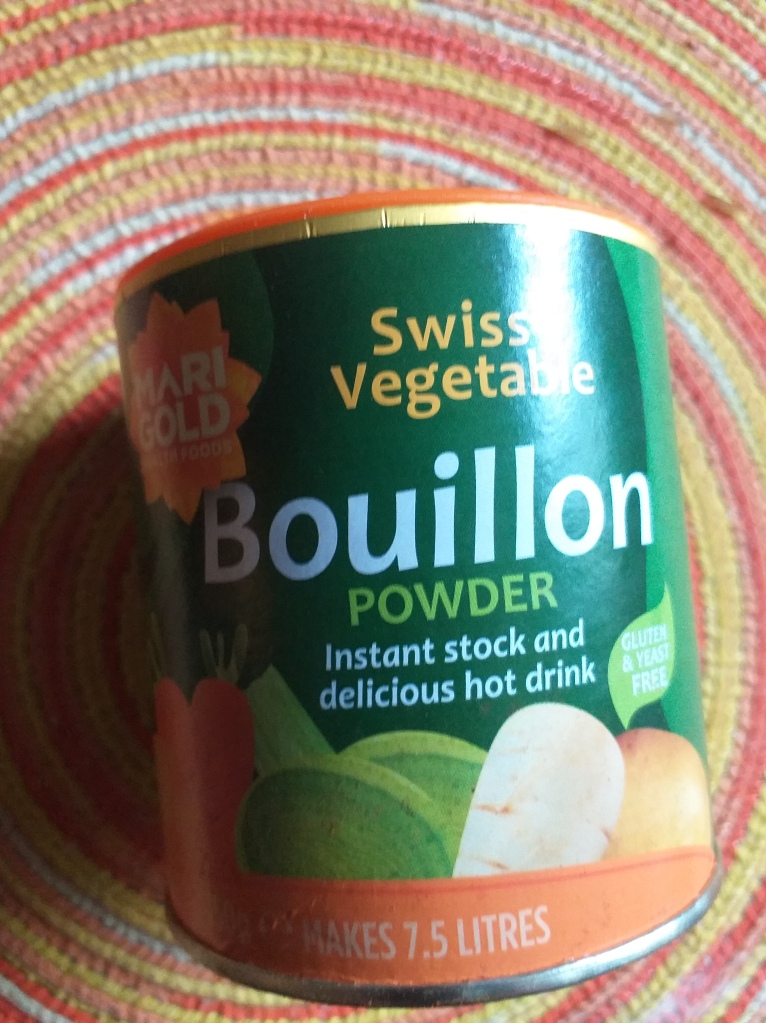
Green part of a spring onion, chopped
1 tbsp chopped parsley or coriander (optional)
1 tbsp light soy sauce
1/4 tsp ground pepper (I use black, but I think it is more correct to use white)
2 tsp vegetable oil
Large pinch of salt
2 tbsp cornflour mixed with 4 tbsp cold water
3 tbsp Chinkiang vinegar
1 tsp sesame oil
1 tbsp chilli oil (I use laoganma)
1/4 tsp ground Sichuan peppercorns
These quantities will produce 2 big bowls of soup (or 4 small ones)
Drain the tofu and place in a bowl. Use a fork to crush it slightly so it begins to fray into pieces.
Place the stock, pepper, salt and vegetable oil in a large saucepan and bring to the boil. Add the cornflour mixture to the pan, stirring slowly. This will thicken the texture of the broth and help stop the tofu from sinking to the bottom. Carefully place the tofu into the pan and heat gently until warmed up. Add herbs, if using.
Switch off the heat and season with the vinegar, soy sauce and sesame oil. Divide the soup among your serving bowls, making sure the tofu is evenly distributed. Carefully dot the chilli oil over the surface of the soup and sprinkle with the spring onion greens.












